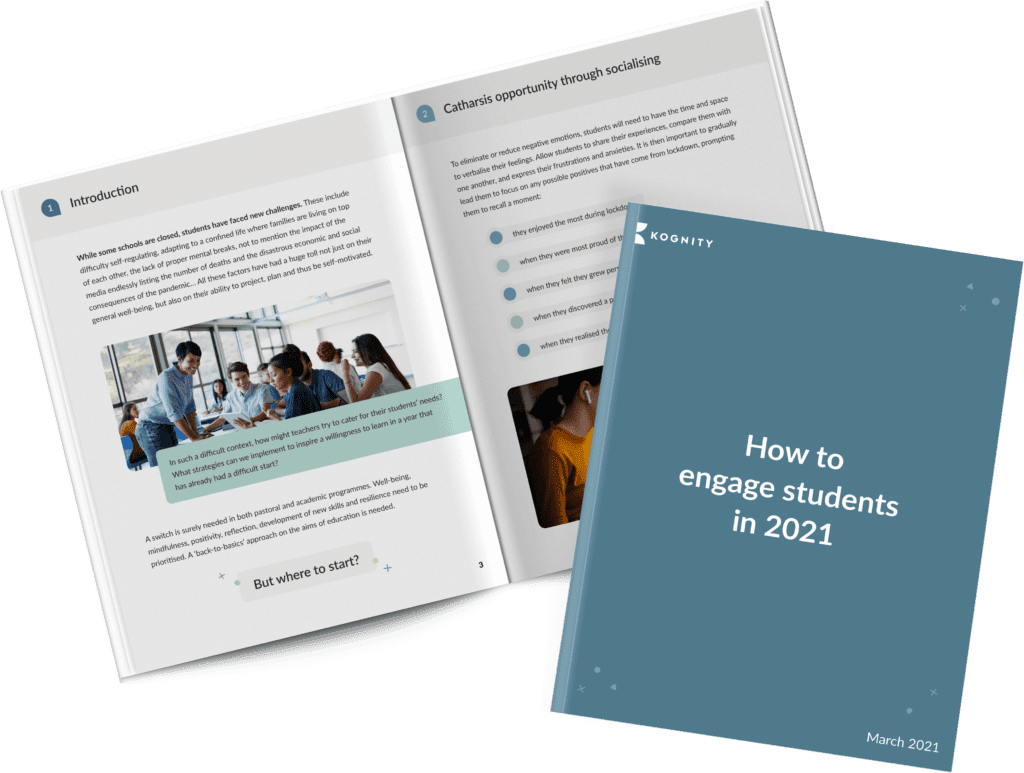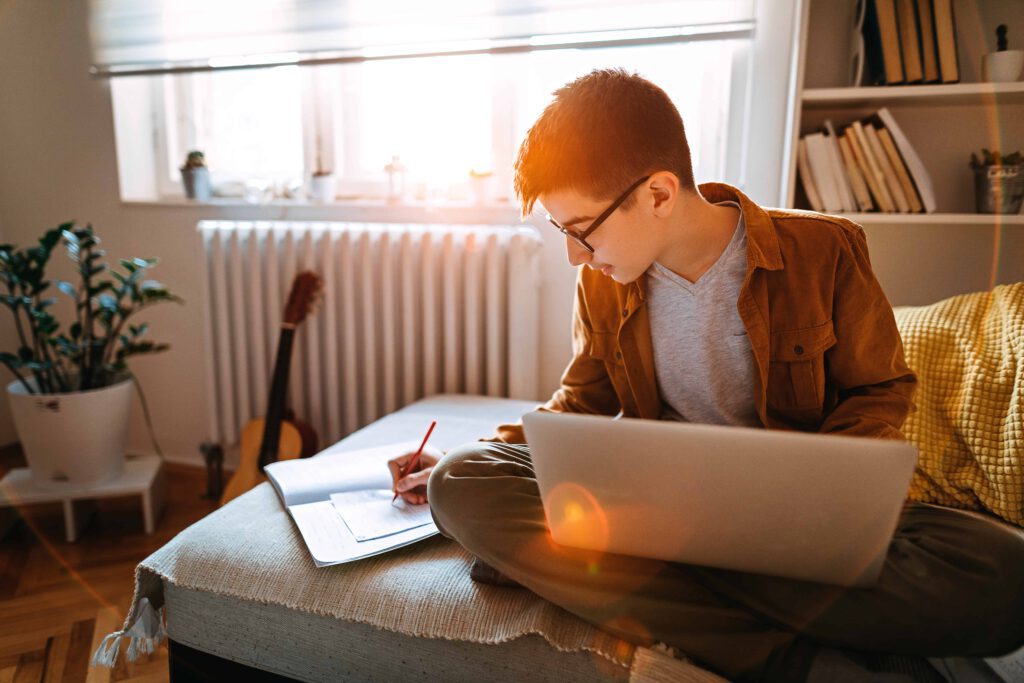How to Engage Your Students in 2021
While some schools are closed, students have faced new challenges. These include difficulty self-regulating, adapting to a confined life where families are living on top of each other, the lack of proper mental breaks, not to mention the impact of the media endlessly listing the number of deaths and the disastrous economic and social consequences of the pandemic… All these factors have had a huge toll not just on their general well-being, but also on their ability to project, plan and thus be self-motivated.
| This blog post is an extract from Ingrid’s guide “How to Engage Your Students in 2021”. To download the full guide, including 13 great strategies that you can implement today, click here. |  |
In such a difficult context, how might teachers try to cater for their students’ needs? What strategies can we implement to inspire a willingness to learn in a year that has already had a difficult start?
A switch is surely needed in both pastoral and academic programmes. Well-being, mindfulness, positivity, reflection, development of new skills and resilience need to be prioritised. A ‘back-to-basics’ approach on the aims of education is needed.
But where to start?
Catharsis opportunity through socialising
To eliminate or reduce negative emotions, students will need to have the time and space to verbalise their feelings. Allow students to share their experiences, compare them with one another, and express their frustrations and anxieties.
It is then important to gradually lead them to focus on any possible positives that have come from lockdown, prompting them to recall a moment:
– they enjoyed the most during lockdown
– when they were most proud of themselves
– when they felt they grew personally
– when they discovered a personality trait they never knew they had
– when they realised they had gained new skills
From acceptance to gratitude
Teach your students “to be ok with what (they) can’t do because there is so much (they) can do”
Sam Berns, using cognitive restructuring techniques.
This branch of cognitive behavioural therapy develops processes by which individuals can be trained to change their way of viewing life. Some of these techniques can be simple and easily achievable.
One of my favourites is creating a ritual in which you start off the day with something inspiring, uplifting and positive. Morning homeroom is a great time for this. Students are coached to identify positive elements and sources of inspiration, in either photos, their surroundings or their everyday lives.
If they struggle to find something, encourage a “glass half-full” approach: inspire them with the lives of people who, even in hard times, found an opportunity to leave their comfort zone and thrive. E.g. Franklin Roosevelt, Frida Kahlo, Beethoven, Stephen Hopkins, or the touching stories of less well-known individuals such as Sam Berns, a boy with Progenia or Philippe Croizon, a man who lost both his arms and legs.
Identifying mental bias
A shift in habit towards more positive thinking does not only happen through positive thinking itself.
We need to make students aware of the cognitive distortions which reinforce their negative thinking and emotions. Psychologytools.com has a great handout on 10 negative thinking habits – “Unhelpful Thinking Styles”.
Combine this with a simple mindfulness practice such as observing one’s own thoughts. Ask your students to pause, close their eyes and concentrate on an event. Then ask them to approach it from another point of view and see the situation differently.
If their idea is not positive, decide whether their line of thinking was helpful and if they can identify any of the unhelpful thinking styles.
You can use this simple technique in any situation where negativity is rising. Leading students to take the time to truly observe and analyse their own cognitive distortion should help them to distance themselves from their emotions, recognise their thinking patterns and then adjust them accordingly.
| If you enjoyed this blog post, there are still 10 more tips for you to uncover in our free guide “How to Engage Your Students in 2021”. To download the full guide click here. |  |



